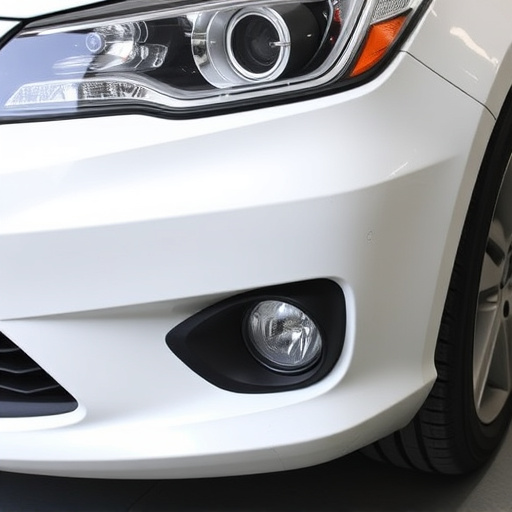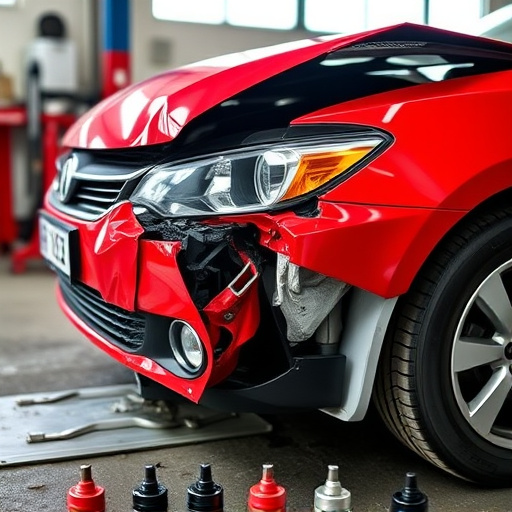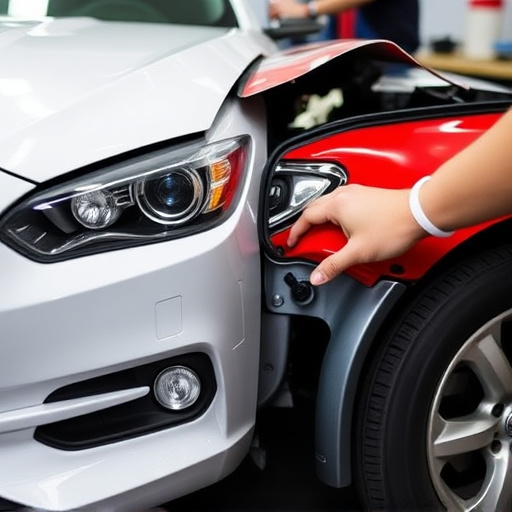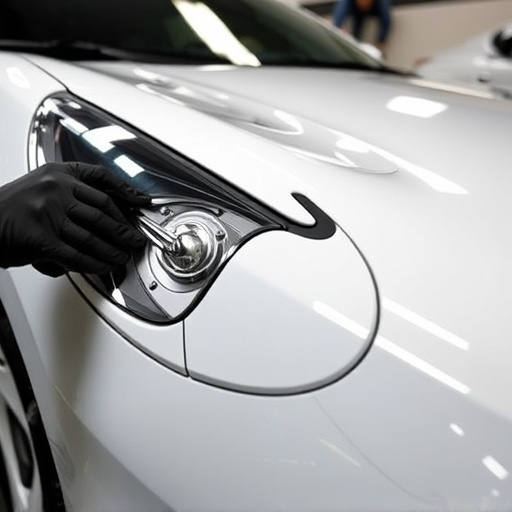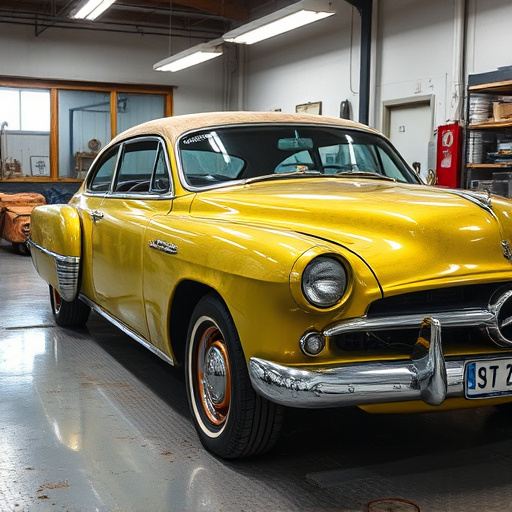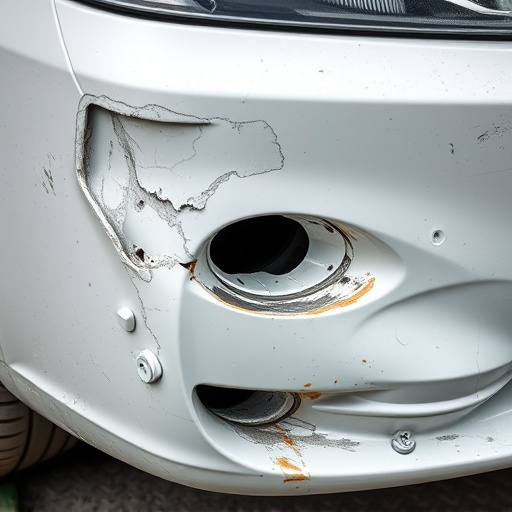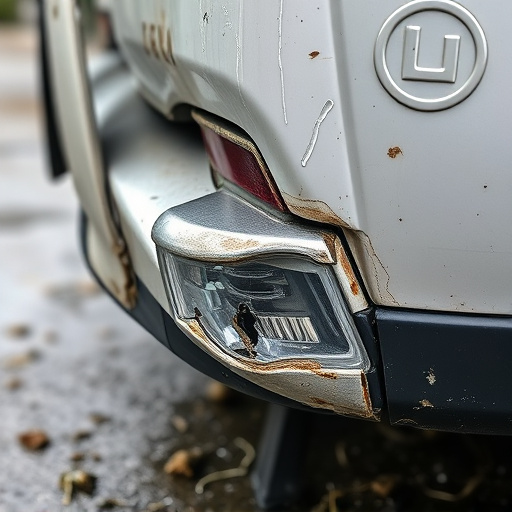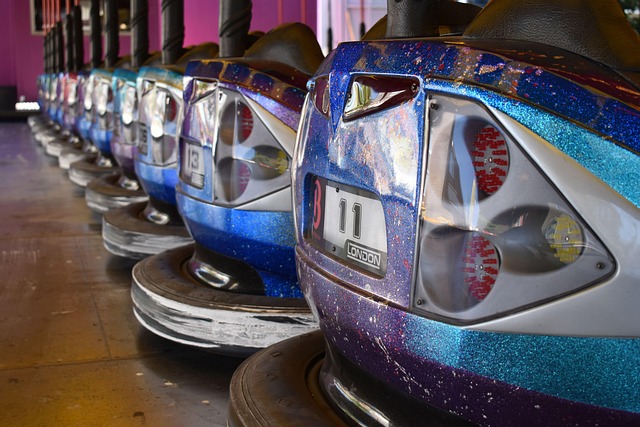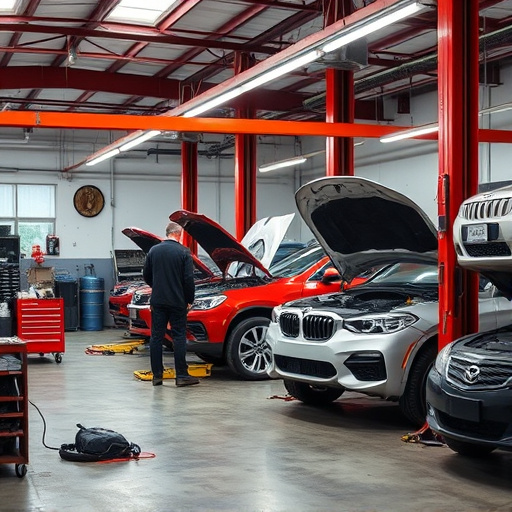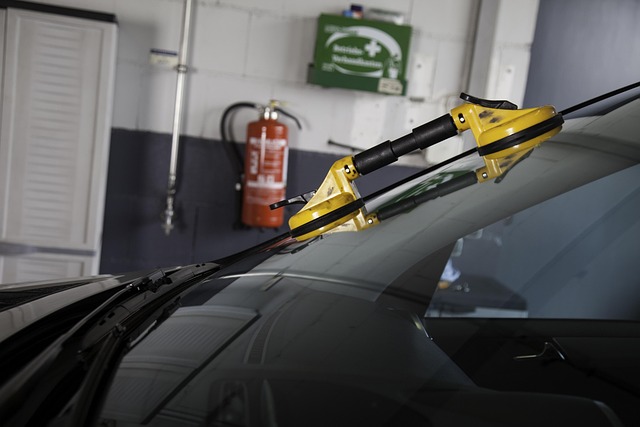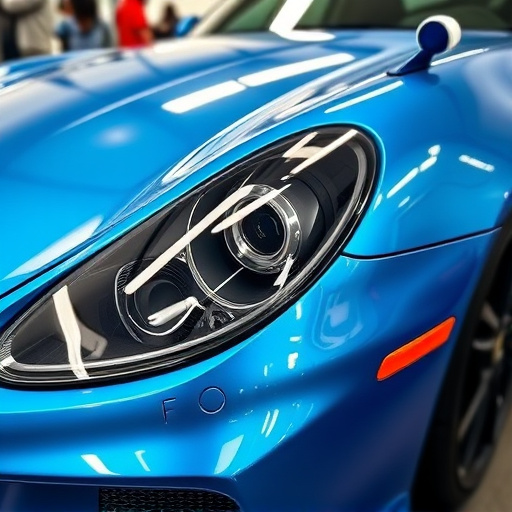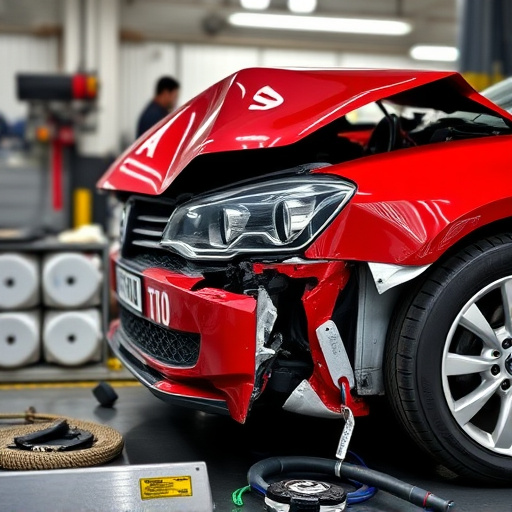Water-based paint collision repair transforms auto body services with its environmental benefits, faster drying times, reduced odors, and superior durability. This innovative technology offers precise color matching and smooth finishes for various damage types, appealing to modern customers seeking sustainable, high-quality repairs. Challenges include staff training and quality control, but successful outcomes like flawless color matches confirm water-based paint as a top repair solution.
In the realm of automotive collision repair, water-based paint has emerged as a game-changer. This eco-friendly alternative offers superior coverage, fast drying times, and reduced VOC emissions, appealing to both customers and professionals alike. This article explores the benefits of water-based paint in collision repair through real-world customer experiences. We delve into success stories while uncovering challenges and best practices for ensuring top-quality results, setting new standards in the industry.
- Uncovering Water-Based Paint's Benefits in Collision Repair
- Real-World Scenarios: Customer Success Stories
- Quality Assurance: Challenges and Best Practices Revealed
Uncovering Water-Based Paint's Benefits in Collision Repair
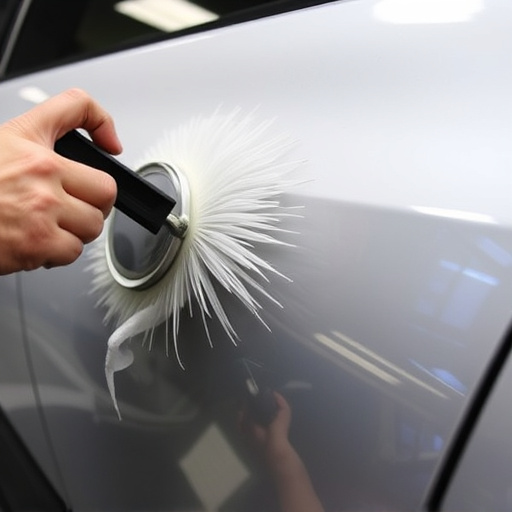
In the realm of collision repair, water-based paint has emerged as a game-changer, offering numerous benefits that traditional paint solutions cannot match. This innovative approach to car paint services is not only environmentally friendly but also provides superior results in terms of durability and aesthetics. By using water-based paints, auto body shops can deliver high-quality finishes while ensuring faster drying times, reduced odor, and minimal impact on indoor air quality, making it a preferred choice for modern repair facilities.
Moreover, water-based paint collision repair offers enhanced flexibility in color matching and blending, which is crucial for repairing various types of damage, including car dent removal. This technology allows for precise application and smooth finishes, ensuring that vehicles not only look their best but also withstand the test of time. In a competitive market where customer satisfaction is paramount, adopting water-based paint techniques can set collision repair shops apart by providing real customer experiences characterized by quality, efficiency, and eco-conscious practices.
Real-World Scenarios: Customer Success Stories
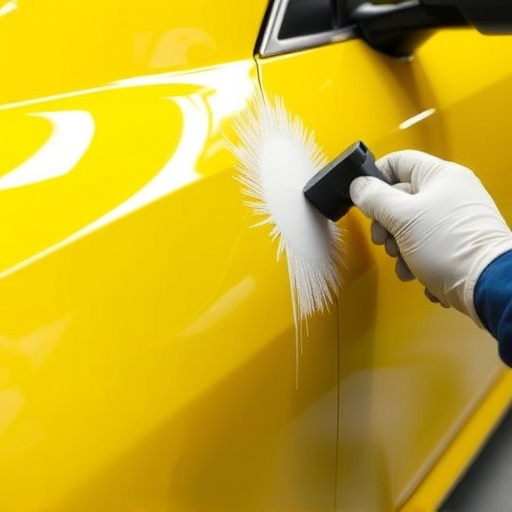
In the realm of car bodywork services, water-based paint collision repair stands out as a game-changer. Real-world scenarios often showcase customer success stories that highlight the superior quality and durability of this innovative approach. Many vehicle owners, after experiencing traditional paint jobs that fade or chip over time, have found solace in water-based solutions. These customers report remarkable results, with their cars looking as good as new after the repair process.
The transformation is evident in various scenarios. A young professional, after a minor fender bender, decided to opt for water-based paint collision repair. The repair shop, known for its expertise in car bodywork, successfully matched the vehicle’s original color perfectly. Not only was the damage repaired, but the glossy finish added a touch of elegance to the overall car bodywork, making it look like it rolled off the assembly line again. Such success stories underscore the effectiveness and aesthetic appeal of water-based paint collision repair.
Quality Assurance: Challenges and Best Practices Revealed
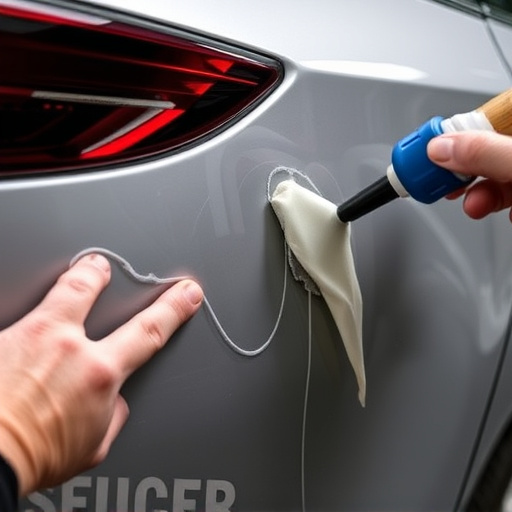
Ensuring consistent quality in water-based paint collision repair is a multifaceted challenge. Unlike traditional paints, water-based formulas require precise application and curing conditions to achieve optimal results. This presents several hurdles for vehicle bodywork repairs, from ensuring adequate ventilation during the painting process to accurately matching original factory finishes.
Best practices in quality assurance include rigorous training of staff on the specific properties of water-based paint collision repair. This involves mastering techniques like surface preparation, primer application, and final coat finishing. Additionally, implementing robust quality control measures, such as regular color matching tests and post-repair inspections, helps maintain consistency across collision repair services. Choosing a reputable vehicle body shop that prioritizes these practices can significantly enhance the overall quality of the restoration, resulting in a vehicle body that not only looks like new but also performs as such.
Water-based paint collision repair offers a blend of environmental friendliness, fast drying times, and superior quality finishes. As evidenced by real customer experiences detailed in this article, adopting these innovative techniques can lead to successful outcomes, ensuring vehicles return to their pre-accident condition. By understanding the benefits and implementing best practices highlighted here, collision repair shops can enhance their service offerings, build trust with customers, and contribute to a greener automotive industry.
